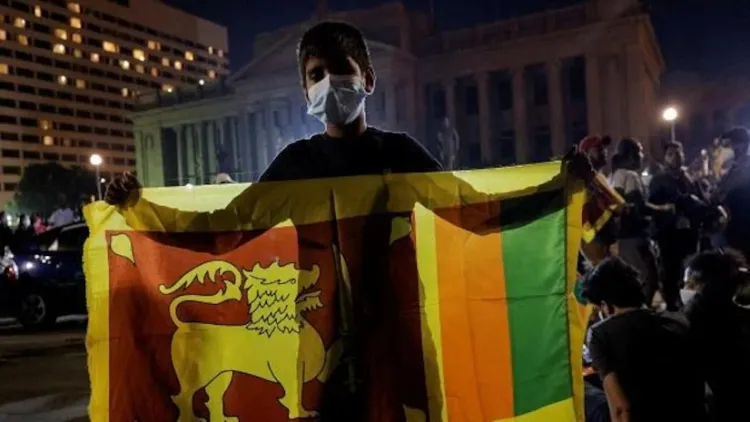Sri Lanka's Economic Recovery: A Strategic Budget for Growth
Sri Lanka's economy is set to grow by 5% in 2025, as President Anura Dhanay presents a pivotal budget aimed at post-crisis recovery. This budget emphasizes fiscal discipline and targets a budget deficit of 6.7% of GDP, slightly lower than the previous year.

As Sri Lanka emerges from a period of economic turmoil, the government has outlined strategies to stabilize and rejuvenate its economy. The recently announced budget reflects a commitment to fiscal responsibility and long-term sustainability, marking a crucial step in the country's recovery journey.
Key Fiscal Strategies and Targets
President Dhanay's budget aims to align with the requirements of a $2.9 billion bailout package from the International Monetary Fund (IMF). A significant goal is to increase tax revenue to 15% of GDP by 2025, a necessary measure to meet fiscal targets and ensure sustainable economic growth. This marks a notable shift, as Sri Lanka's tax revenue was one of the lowest globally, recorded at just 7.3% of GDP in 2022.
The government’s focus on revenue-based fiscal consolidation seeks to restore investor confidence and stabilize public finances. A phased approach to debt repayment is also set to commence in 2028, reflecting a long-term strategy to enhance fiscal health.
Liberalization of Vehicle Imports
A key aspect of boosting revenue lies in the liberalization of vehicle imports, a move expected to significantly contribute to state income. Previously restricted, these imports are anticipated to generate essential tax revenue, helping the government achieve the ambitious 15% GDP target set forth by the IMF. This initiative began on February 1, 2025, and is being closely supervised to prevent adverse effects on external sector stability.
Support for Low-Income Earners
Alongside fiscal reforms, the budget introduces a 65% increase in the minimum wage for state sector employees, raising it to 40,000 rupees per month. This wage hike is part of broader efforts to alleviate poverty and support low-income earners, illustrating the government's commitment to social welfare amidst economic recovery.
Positive Market Response
The budget has garnered a positive response from the stock market, with the Colombo Stock Exchange's All Share Index rising by 1.43%. Additionally, Sri Lanka's foreign exchange reserves have climbed to $6 billion, sufficient to cover four months of imports, reflecting improved economic stability.
Conclusion
As Sri Lanka navigates its recovery, the newly introduced budget serves as a foundation for revitalizing its economy. With targeted fiscal strategies, increased tax revenue, and social support measures, the government aims to foster sustainable growth and restore confidence among investors and citizens alike. The journey ahead will require careful monitoring and implementation to ensure that the recovery remains on a steady path.
What's Your Reaction?















